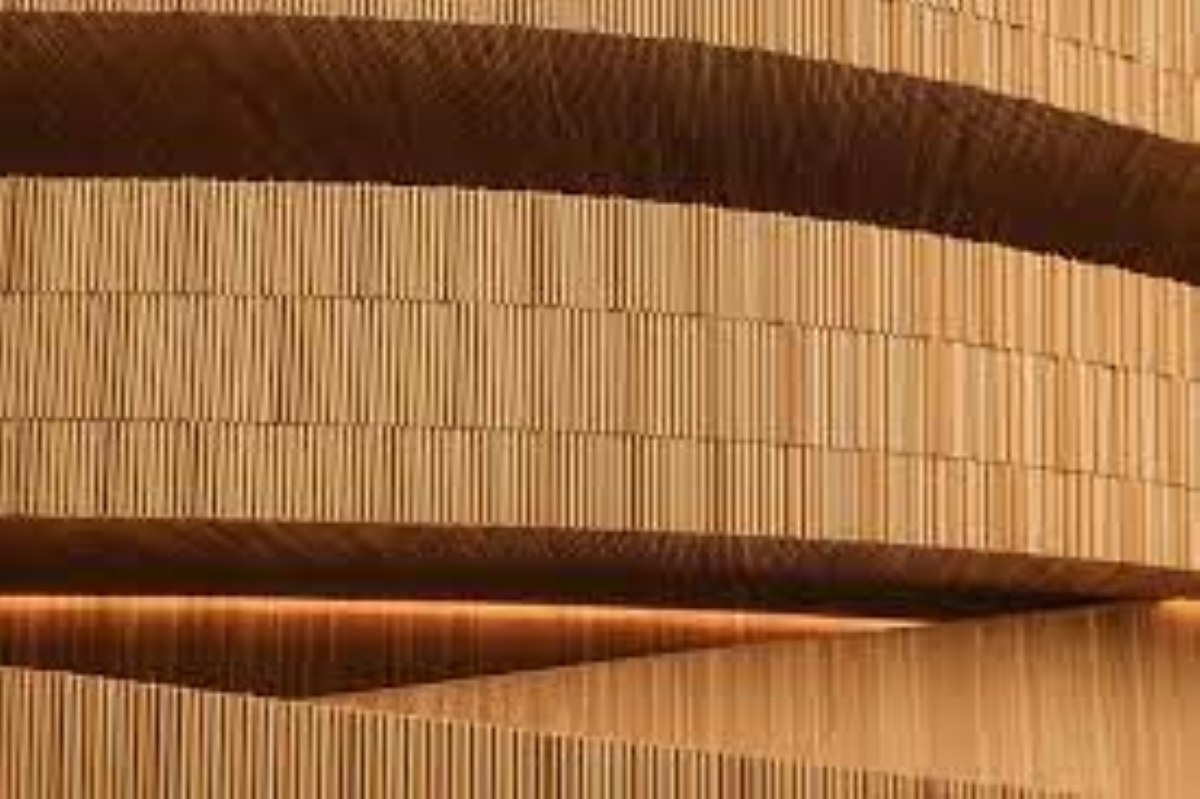Trees have long been known as nature’s carbon sponges. Now, building with wood might help fight climate change in a surprising new way.
A Yale School of Environment study shows that replacing concrete and steel with mass timber in buildings could dramatically cut global carbon emissions while actually expanding forests worldwide.
The research found that if builders switch to cross-laminated timber (CLT) in 30% to 60% of new urban buildings from 2020 to 2100, we could reduce greenhouse gas emissions by 25.6 to 39 gigatons of CO₂. That’s roughly equal to the world’s total annual energy-related emissions today.
“Using CLT instead of steel and cement will increase wood demand and encourage the market to protect more forestland and intensify forest management, which ultimately increases forest carbon stock,” explains Yuan Yao, associate professor at Yale and one of the study’s authors.
What makes this finding particularly notable is that the research challenges old assumptions about timber harvesting leading to deforestation. Instead, the study found increased wood demand could expand productive forestland globally by up to 36.5 million hectares by 2100 – an area roughly the size of Germany.
Similar Posts
Robert Mendelsohn, professor emeritus at Yale, emphasizes this point: “Modern timber harvesting is based on purpose-grown forests. If demand rises, more forests are planted — and that leads to more carbon being stored, not less.”
Cross-laminated timber is made by stacking multiple layers of wood boards and gluing them together at right angles. This creates strong panels that can replace concrete and steel in buildings. These panels are surprisingly fire-resistant too – when exposed to fire, the outer layer chars, protecting the wood inside.
The carbon benefits of mass timber come from two main sources. First, growing trees pull carbon dioxide from the air. Second, when those trees are harvested and used in buildings, that carbon stays locked up for decades instead of being released back into the atmosphere.
Studies examining CLT buildings found they typically have 40% lower carbon footprints than conventional steel and concrete buildings. One reason is that manufacturing wood products requires far less energy than producing steel or concrete. CLT consumes only about 50% of the energy needed for concrete and around 1% of what’s required for steel production.
Beyond carbon storage, mass timber buildings offer additional benefits. They can be prefabricated off-site and assembled quickly, reducing construction time and waste. The material is also lightweight yet strong, making it suitable for tall buildings – current building codes allow mass timber structures up to 18 stories high.
However, researchers caution that these benefits depend on responsible forest management. Without proper protections, some natural forests, particularly in tropical regions, could decline. “There is a tradeoff between conservation and carbon goals,” notes Yao.
The study, published in Nature Communications, combined life-cycle assessment with the Global Timber Model, an ecological-economic model that accounts for how rising wood demand affects forest management and carbon flows across the entire system.
Mass timber’s growing popularity is already evident in projects like Stockholm Wood City, a planned 2,000-home timber district in Sweden, and various projects supported by the Georgia Forestry Foundation’s Mass Timber Accelerator in the United States.As countries seek ways to reduce carbon emissions from construction, mass timber offers a promising solution that could benefit both the climate and forests – if implemented with careful attention to sustainable forestry practices.


















